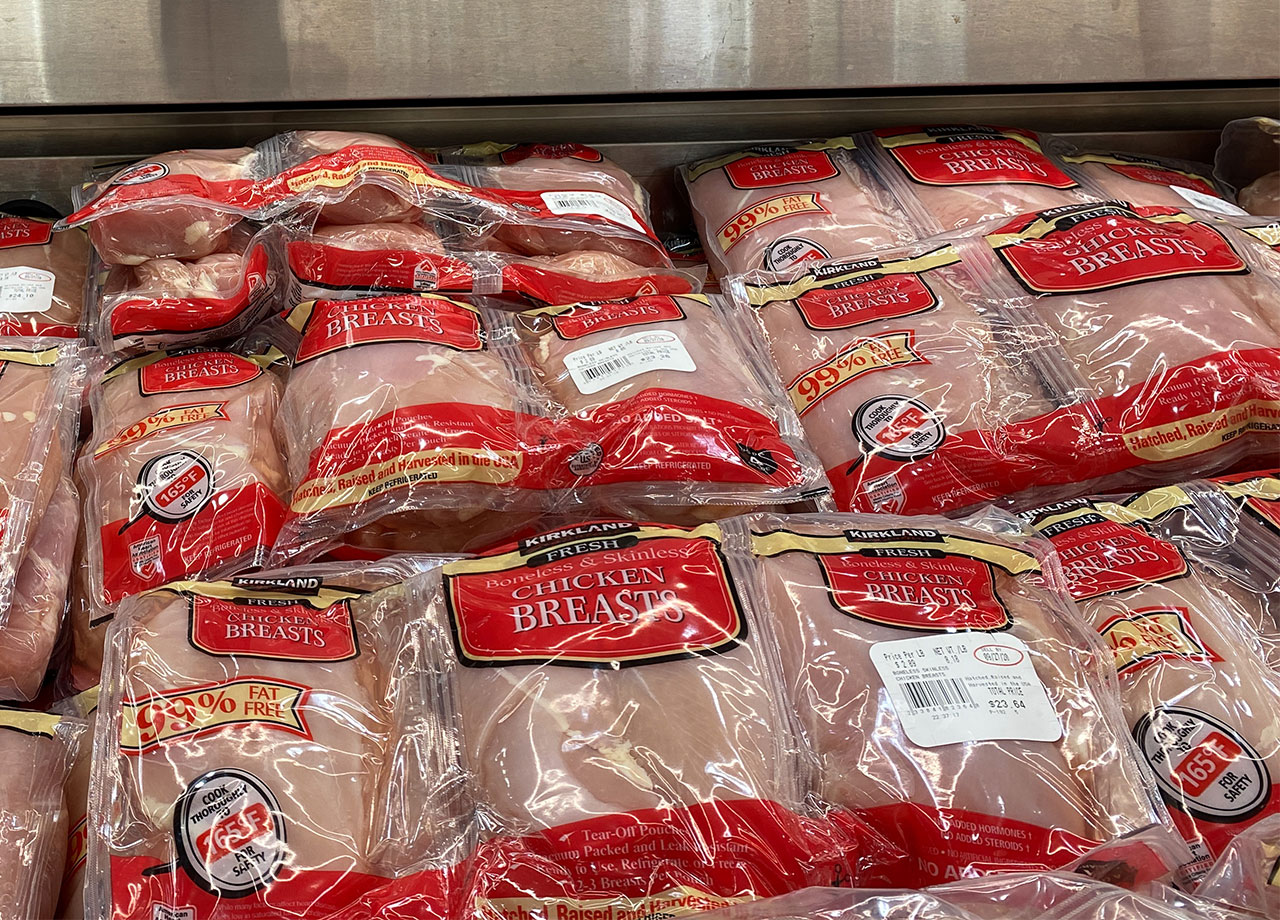If you choose to count calories when making weight loss goals, another popular way to track progress is counting macronutrients, often shortened as “macros.” Food logging methods can help someone understand which types of food make them feel better or worse, which foods improve their athletic habits and the ones that provide you with the energy you need. Counting macros can also help you create healthier patterns and eating habits in the long run. (Paying attention to your own needs is more beneficial than any trend or dieting fad!)
There are three main “macros” people count. These commonly refer to carbohydrates, proteins and fats. It’s important to not cut out any of those from your diet completely, but rather pay attention to how you feel after consuming them and noting what feels best. We spoke with registered nutritionist Jay Cowin, NNCP, RNT, RNC, CHN, CSNA, and director of formulations at ASYSTEM to understand the process of macro-counting and three tips to help you get started.
READ MORE: This Is The Healthiest Way To Count Macros For Weight Loss


Tip #1— Note Everything You Consume in a Day
Keeping track of what you consume is a great way of noticing what you like to eat and what helps you feel best. It’s also an easy way to pinpoint what might make you feel sluggish or what causes bloating later on.
Also, there’s nothing to feel ashamed or guilty about when taking notes on what you eat! It’s simply a way of being aware of your dietary preferences and the first step in creating a well-balanced meal plan that works best for you.

Cowin says to write down “everything” you consume, including “all foods and beverages, regardless of whether they're considered healthy or not.” He recommends using a free tool or fitness app “to quickly track all nutritional values” from each item.
“You can search through thousands of items to add, or simply scan the item's barcode with your phone's camera to upload the data,” he explains, referring to apps like “MyFitnessPal.”

#2— Choose a Macronutrient Ratio
After taking notes and food logging, Cowin says to use a macronutrient ratio that feels most aligned with your health goals. “Choose a macronutrient ratio that you're comfortable with and that fits into your diet strategy, then stick to it,” says Cowin.
He adds that a general macronutrient distribution is “45-65% of calories from carbs,” “20-35% of calories from fats,” and “10-35% of calories from protein.” These can be tweaked according to your goals.

#3— Don't Eat More Than You Burn
“This is the golden rule of weight loss,” Cowin says, and it holds true for those who follow a “low or high fat diet” as well as those following a “low carb” diet.
“While macronutrient ratios vary from person to person, total caloric intake should be roughly equal to total calories burned every day,” says Cowin. “If you're trying to lose weight, you should be burning more calories than you're consuming.”

Overall, counting macronutrients and calories are practices that take time and are best when suited to your own individual needs. For more information, visit your doctor or nutritionist to craft a well-balanced meal plan that works for you. It’s all about what makes you feel good, and the foods that provide the nourishment you need.


























